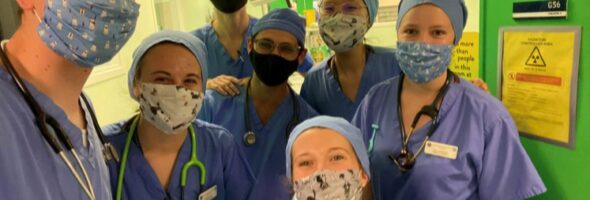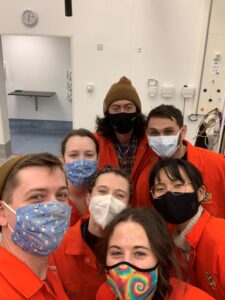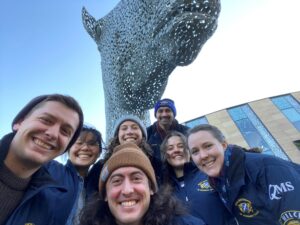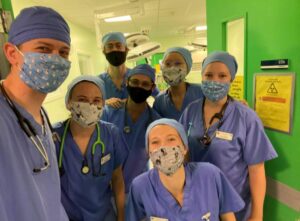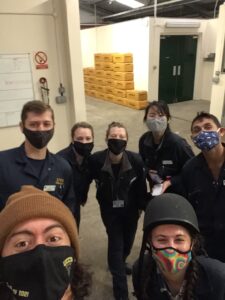Hello!
A little self intro: My name is Vivian, and I’m a Canadian international student in my final year.
In this post, I’d like to tell you what it’s like to be in your final year! I know I was quite confused how the year would be scheduled, even up until the end of my 4th year (no thanks to COVID as well), so I hope this post helps a little!
So, what happens?
For one, there are no more lectures! Just rotations and some tutorials. For the first half of the year, we go through core rotations. During this time, everyone goes through the small animal, equine, and farm hospitals at school. Examples of some of the blocks include:
- farm and equine: pathology, herd health, farm hospital, large animal anaesthesia, equine hospital, equine out of hours, etc.
- small animals: exotics, neurology, small animal anaesthesia, dermatology, diagnostic imaging, soft tissue surgery, orthopaedic surgery, oncology, ophthalmology, general practice, Emergency and Critical Care, etc.
Each block is 1 week long, and you go through a set schedule with a core rotation group. Through this, you’ll not only get to integrate all you’ve learned in school into practical use, but also get to form strong friendships with the fellow students in your core group!
After our core rotations is when we sit our final exams, then begin selected rotations. For these 4 blocks (with 2 weeks each), we are able to pick areas that we are interested in and would like more experience in! We rank 8 different areas we’re most interested in, and we are allocated to 4 of the 8 based on the availabilities.
What I’ve been assigned:
- Small anaesthesia
- Dentistry
- Dermatology
- Diagnostic Imaging
I’ve decided to focus more time on these areas as I believe they comprise a large portion of what I would have to see in a small animal general practice, and it would be nice to be more confident in these areas before beginning a real job.
So far, the rotation I’ve enjoyed the most is small animal anaesthesia! By the end of the 2 weeks of selected block, I was confident enough to sedate, anesthetize, monitor, and recover an otherwise healthy patient with an uncomplicated procedure. While other rotations were also very helpful, I felt that small animal anaesthesia has by far taught me the most, and has been the one that I could be most “hands on” with my cases. In the previous years, I have found anaesthesia lectures to be the hardest; to be able to see the effects of the drugs in-person was extremely useful, and solidified in my brain what was taught in lectures in the previous years.
But I may also be very biased, I am most interested in small animal medicine after all 🙃
I know this was very succinct, but I hope it gives a little peak into what final year might look like for you! 😊

